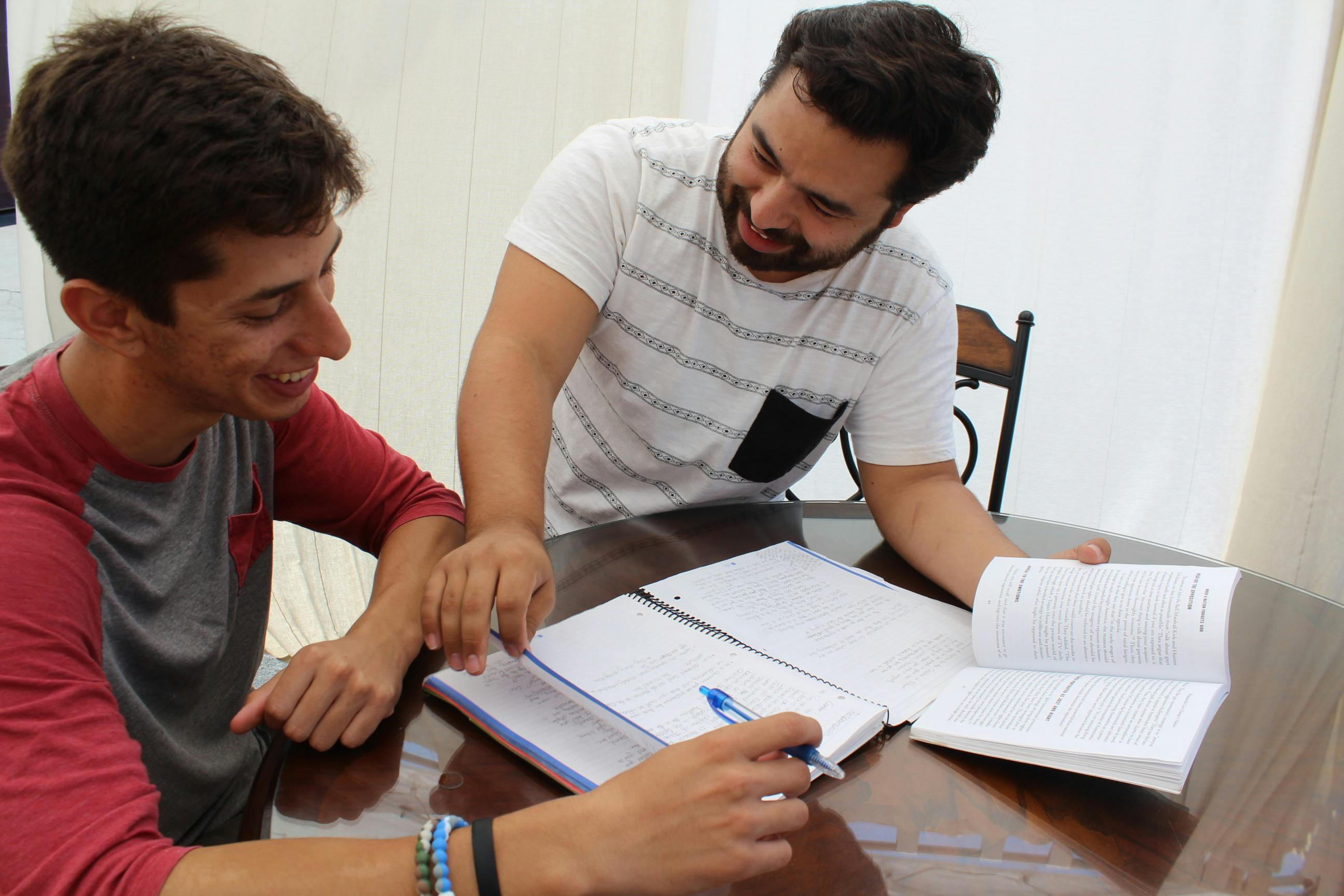Education is fundamental to humanity's progress. Education helps people get good jobs, be better people and contribute to shape a better society.
The education system in India consists of three major components- General, Vocational and Technical education. The Indian school education system is divided into primary and secondary levels. These levels are further divided into 12 standards. A pass on an yearly examination gets a student through each standard. This is followed by 3- 4 year university or college where the focus is on job oriented higher education.
 Diferent kinds of teachers teach different levels of education. A good teacher is directly related to a student's understanding of a subject. But, it is impossible to judge a student's grasp in the stipulated 40 minutes a teacher has with them in class. Not all teachers are dedicated masters of their craft and it's not easy to gauge how well they teach in class either.
Diferent kinds of teachers teach different levels of education. A good teacher is directly related to a student's understanding of a subject. But, it is impossible to judge a student's grasp in the stipulated 40 minutes a teacher has with them in class. Not all teachers are dedicated masters of their craft and it's not easy to gauge how well they teach in class either.

The biggest drawback of the present system of education is its focus on exam-oriented study. It makes students study just to pass examinations with no focus on learning new skills, talent, character or personality development. Even after graduation, students are severly unequipped for the job market. Every student wants to be successful professionals but, only a few get good jobs. The rest get any job they can find or find themselves lost as another statistic in the unemployment rate.
 The only way to this bridge the gap is a complete overhaul of the system from the syllabus to the teaching. These measures should begin at the primary level. Even from 1st standard, the focus should be on creative and practical learning. The syllabus in each class should be made fun and enjoyable, even if the lessons are long and complicated. Each chapter should prickle a child's curiosity and drive a zeal to learn. Teachers should also be well trained in their subject and the craft of teaching. They must encourage students to ask questions and promote independent learning outside the classroom.
The only way to this bridge the gap is a complete overhaul of the system from the syllabus to the teaching. These measures should begin at the primary level. Even from 1st standard, the focus should be on creative and practical learning. The syllabus in each class should be made fun and enjoyable, even if the lessons are long and complicated. Each chapter should prickle a child's curiosity and drive a zeal to learn. Teachers should also be well trained in their subject and the craft of teaching. They must encourage students to ask questions and promote independent learning outside the classroom.

The system of private after-school tuitions has to be eliminated. This is because teachers use private tuitions as a substitute for teaching in a classroom. Current private tuitions emphasise only on memorisation and is focussed only on exams. This kills any joy a student has in learning and equates learning to a number on a marksheet.
 Commercialisation of education should also be stopped. The rising costs of private education has reserved good education to the wealthy. Private schools and colleges have turned education into a commercial enterprise, where the highest payer gets quality education with little attention to a student's test scores, skiils or talent.
Commercialisation of education should also be stopped. The rising costs of private education has reserved good education to the wealthy. Private schools and colleges have turned education into a commercial enterprise, where the highest payer gets quality education with little attention to a student's test scores, skiils or talent.
An education system with a good balance of life skills, soft skills and job oriented skiils along with the right policies and structure is essential for students to become well rounded individuals with successful careers.








